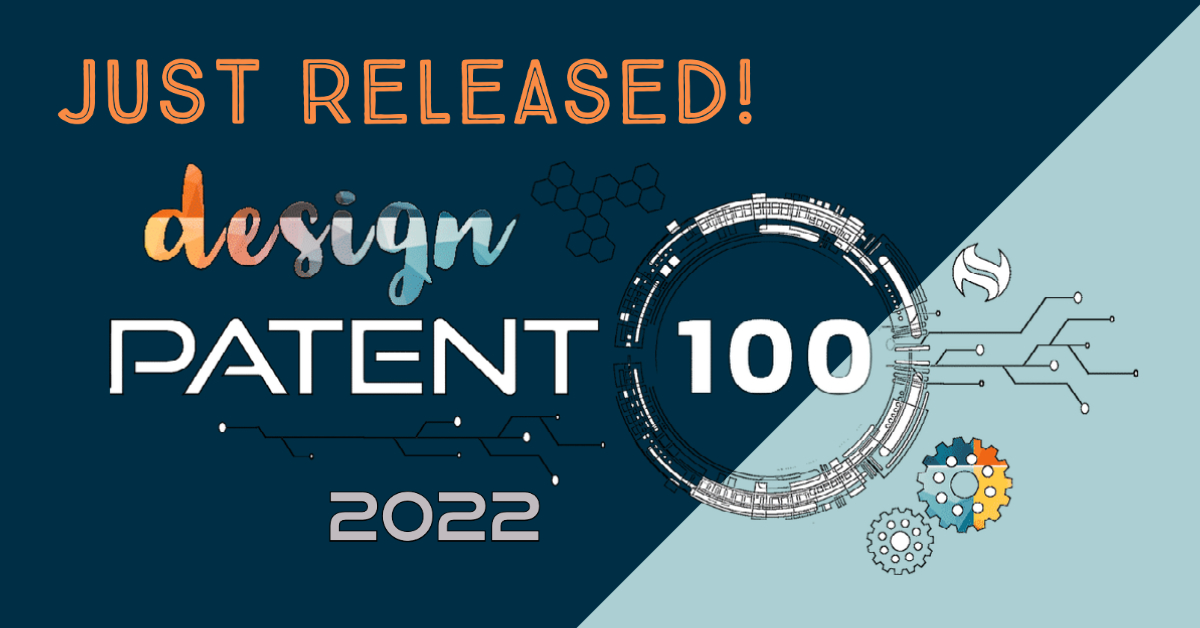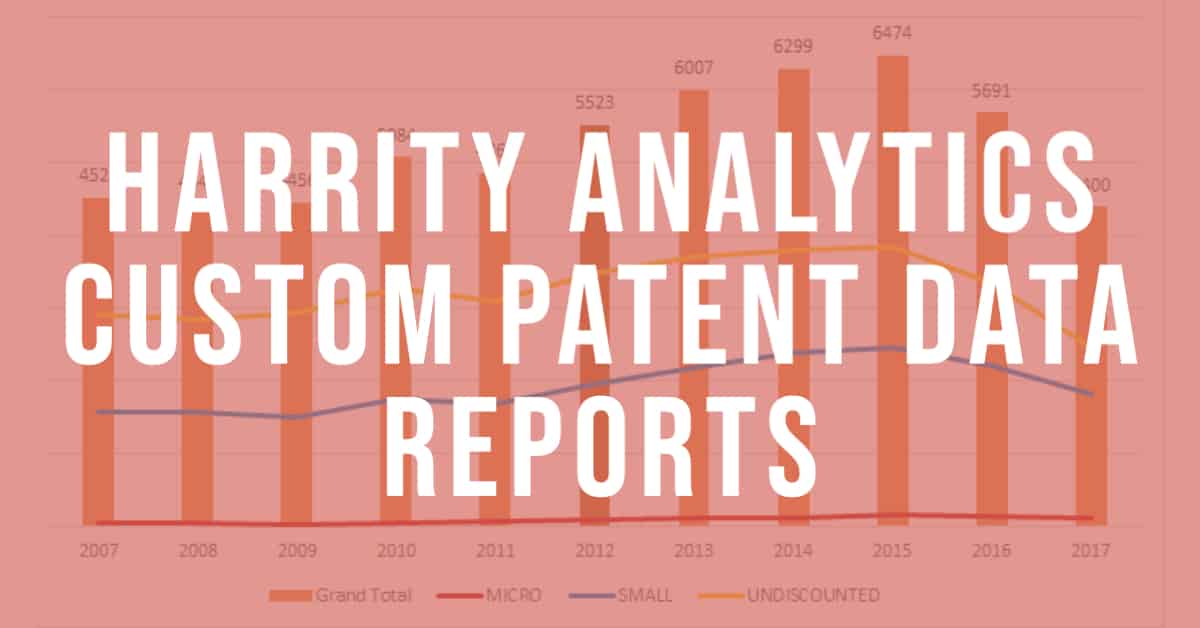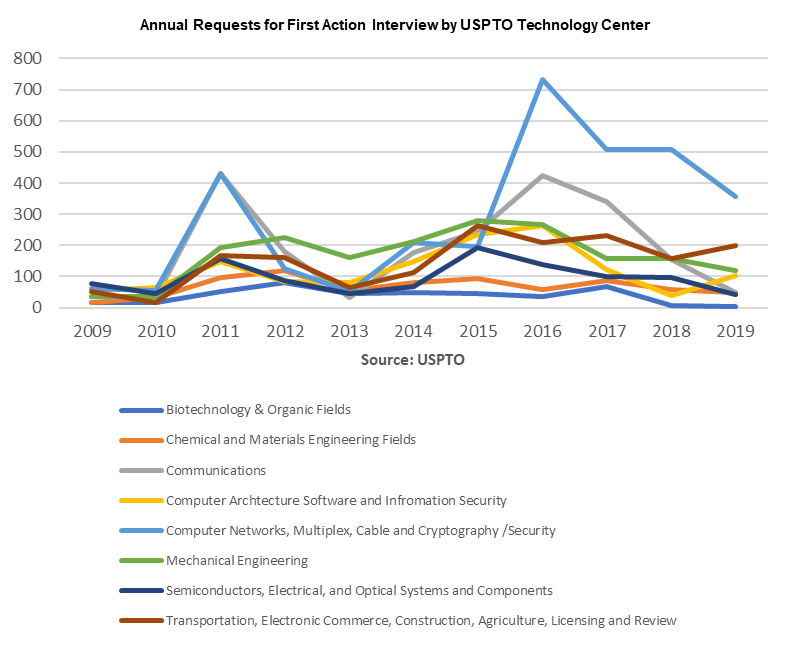Harrity Analytics Releases 2022 Design Patent 100 List
HARRITY PATENT ANALYTICS RELEASES THE 2022 DESIGN PATENT 100 LIST
List ranks top 100 companies, organizations, and universities in the design patent field
WASHINGTON (January 11, 2022) – Harrity Patent Analytics has released the 2022 publication of its annual Design Patent 100 List. The list ranks the top 100 companies, organizations and universities in the patent field based on the total number of U.S. design patents issued in the past year. The top 10 innovators from the 2022 Design Patent 100 List include:
- Samsung (615)
- Nike (541)
- Apple (438)
- LG (220)
- Ford (210)
- Alphabet (209)
- MASCO Corporation (194)
- Tata Sons (159)
- Porsche (152)
- P&G (141)
Samsung Electronics surpassed Nike to take the #1 spot, with a 4% increase from last year. Nike dropped to the #2 position with a 22% decrease from last year. Overall, this year’s Top 10 saw an average 1% decrease from the previous year. Other notable changes include MASCO Corporation’s debut to the Top 10, ranking 7th with a 59% increase, and Spigen Inc, dropping off the Top 10 to #12, with a 46% decrease. Bissell Homecare had the largest increase in design patents since 2020, at 1500%.
“The Design Patent 100 List identifies the global innovation leaders obtaining design patents in the United States,” said Rocky Berndsen, Head of Analytics for Harrity & Harrity. “The data contained in the Patent 300® Dashboard, such as the Design Patent 100 List, provides invaluable information to companies, in-house counsel, marketing teams, and law firms alike because it identifies the key players in design innovation and summarizes what is happening today in the patent world.”
For detailed analytics on the Design Patent 100, visit Harrity’s Patent 300® Dashboard, the intellectual property industry’s premier resource for patent insights and competitive intelligence on the world’s leaders in technology and design innovation. The Dashboard contains analytics on more than 6,000,000 patents, including patent portfolio analyses, detailed patent prosecution insights, technology area breakdowns, and portfolio cost and budget analytics.
About Harrity Patent Analytics
Harrity Patent Analytics, an analytical team within the boutique IP law firm of Harrity & Harrity, LLP, uses cutting-edge capabilities to analyze patent data and extract insights for clients to use when making strategic decisions regarding patent portfolios. Patent 300® companies rely on Harrity Patent Analytics services to understand their patent portfolios, the patent portfolios of their competitors, and patent office trends around the world. For more information, visit harrityllp.com/services/patent-analytics/.
###







